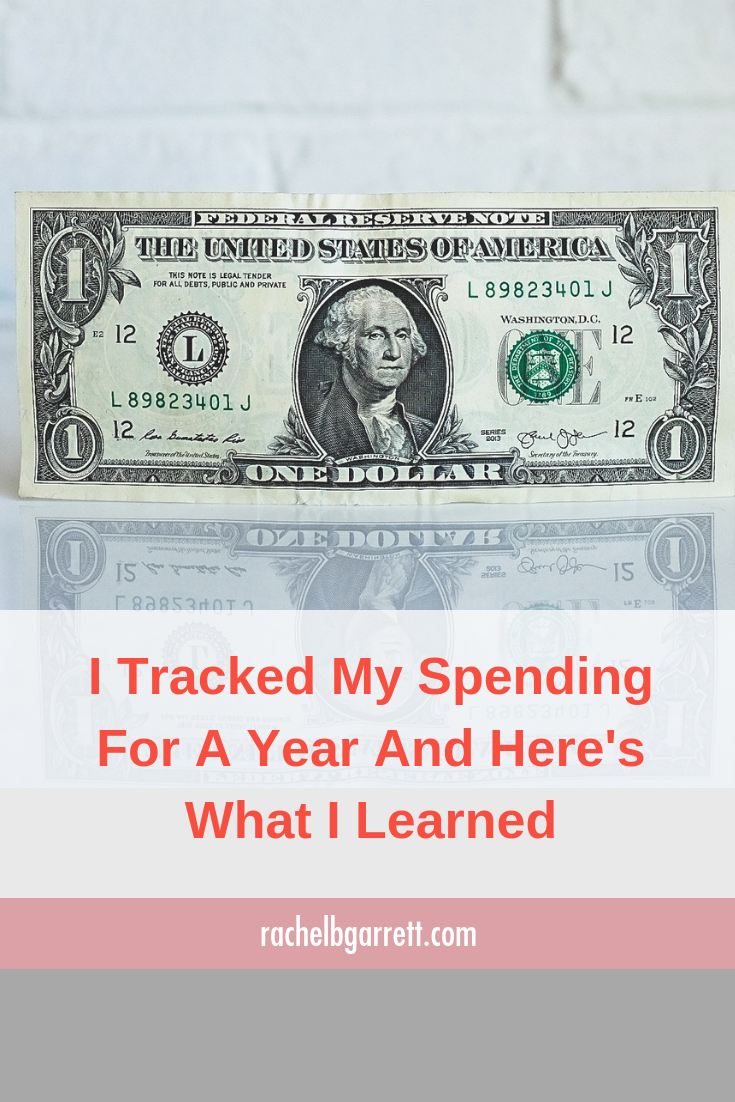I'm not that great a runner AND I ran a marathon. I lost my parents early in life AND I'm a damn good parent. I once had a boss who asked me to sign his divorce papers as a witness on week one of the job AND I went on to have a powerful experience in that role (despite his boundary-free antics).
With all of these experiences, I chose a story of resilience. I believed I could—and that brought me half way to my goal.
Resilience is to 2017 what Emotional Intelligence was to 1995. We can't stop talking about it. In their book, Option B: Facing Adversity, Building Resilience and Finding Joy, Sheryl Sandberg and Adam Grant have propelled the conversation and the concept of resilience to the masses with practical tools to face challenges through Sheryl's relatable and honest story of loss.
In reading Option B and the many articles to follow—I'm reminded of how critical it is to cultivate resilience during your job search. Many clients come to me feeling hopeless in their search. They feel they'll never get a job, or they'll never find one that excites them.
And then I see it happen over, and over again. A job description that is the near exact role envisioned in the first session with me. A fascinating conversation with a former colleague. Interviews where they walk out feeling ALIVE. An offer that comes through within a week—after months checking in on other potential opportunities.
I'm fortunate enough to see things turn around in an instant for multiple clients, so that's my reality and the perspective I bring. I know that even when it seems like it's time to give up and you should take that job that is a replica of the last job you hated—there's something that can rock your world, just days away.
Here's how you can bring the spirit of resilience to your search:
1. Faith
Have faith in yourself and your ability to work through this. If this is your first time going through something hard, consider yourself one of the lucky ones. If you've been through a few shit sandwiches before, have faith that whatever got you out of those will get you through this time of uncertainty. The more you believe, the more confident you will be in the world. Confidence attracts opportunities.
2. Willingness to learn
Treat this time as a chance to optimize your interview skills. Hone in on your message and gain clarity on how you want to present yourself. The more often you're able to practice throughout your search—the better you get at authentically promoting yourself. Also—this a time to learn patience—something that can come in handy in all of our relationships and in your next job as well!
3. Channel Your Strengths
What were the qualities that got you out of the last rough time in your life? How can you use those things in your search? Are you a master organizer? Create a spreadsheet that will be your command central for your search. Are you the comedian in your group of friends? Use your humor to break the ice on interviews and when networking. Are you a great listener? Make someone feel like they just had the best conversation of their life by asking great questions and truly listening.
The good news is that even if you've been glass half empty about your search—there's still time to turn it around. If you don't believe any of these things will help because you're doomed to fail, try at least one of these resilient tweaks as an experiment. What do you have to lose?











